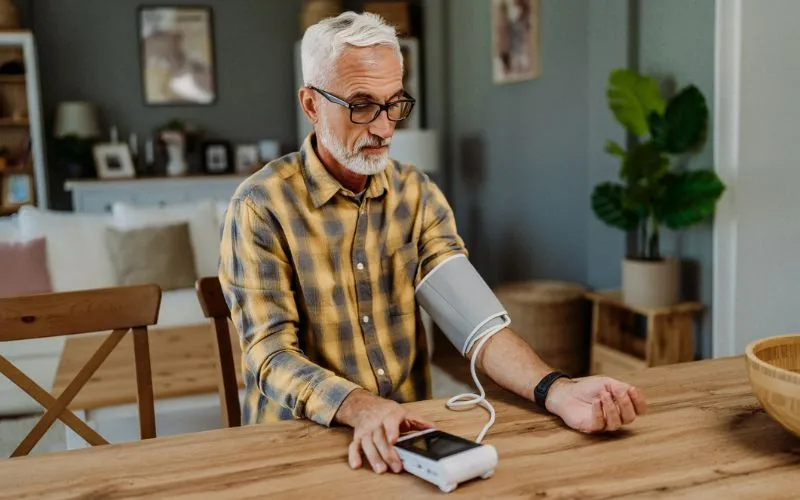Everyone is talking about the solar eclipse on August 21, 2017. The Dean McGee Eye Institute wants you to be prepared with the understanding and information you need to safely enjoy this unique event.
What is a solar eclipse?
A solar eclipse occurs when the Moon passes between the Earth and Sun. If the Moon fully blocks the Sun it is called a total eclipse. If the Moon only blocks part of the Sun it is called a partial eclipse. Looking at a solar eclipse, however, can be dangerous to your eye sight.
Why is looking at an eclipse dangerous?
The pupils of our eyes are designed to dilate and contract in response to the amount of light in the environment. If we are in a brightly lit area, our pupils will contract to restrict the amount of light making it to the light-sensitive rod and cone cells of the retina. In low-light, our pupils dilate to allow as much light in as possible.
During a solar eclipse our pupils are tricked. The twilight-like lighting makes our pupils dilate to let in more light but this allows more of the solar radiation emanating from the still visible part of the sun to enter our eyes. This can cause a retinal burn which can result in permanent eye damage and vision loss.
Safely watch a solar eclipse
The only way to safely watch a solar eclipse is through special solar filters such as “eclipse glasses”. These special glasses are designed to reduce sunlight to safe levels. Be sure your “eclipse glasses” meet the requirement for ISO 12312-2 (or ISO 12312-2:2015).
Choose the right glasses
Unfortunately, there are companies looking to take advantage of the upcoming eclipse that are not reputable and are selling eclipse glasses that are not in compliance even though they are marking their products as meeting the ISO requirement.
To help you choose the right eclipse glasses, here is a list of reputable U.S.-based vendors of ISO 12312-2 compliant eclipse glasses:
- American Paper Optics (Eclipser) / EclipseGlasses.com / edglassesonline.com
- Celestron (EclipSmart Glasses & Viewers)
- DayStar (Solar Glasses)
- Explore Scientific (Solar Eclipse Sun Catcher Glasses)
- Lunt Solar Systems (SUNsafe SUNglasses)
- Meade Instruments (EclipseView Glasses & Viewers)
- Rainbow Symphony (Eclipse Shades)
- Seymour Solar (Helios Glasses)
- Thousand Oaks Optical (Silver-Black Polymer & SolarLite)
It is also best to buy approved glasses from the following retail stores (we recommend buying them in the store and not online):
- 7-Eleven
- Best Buy
- Circle K
- Kirklands
- Love’s Travel Stops
- Lowe’s
- Pilot/Flying J
- Toys “R” Us
- Walmart
The American Astronomical Society has a list of approved online vendors.
Millions of eclipse glasses have also been distributed to public libraries across the nation.
What you will see on August 21
Most of us in North America will see a partial solar eclipse unless you are in the path of totality that runs from Oregon to South Carolina.

If you are in Oklahoma City on August 21, the best time to view the eclipse will be from 11:30 a.m. – 2:30 p.m. with maximum sun coverage at 1:05 p.m.
Safe viewing!



